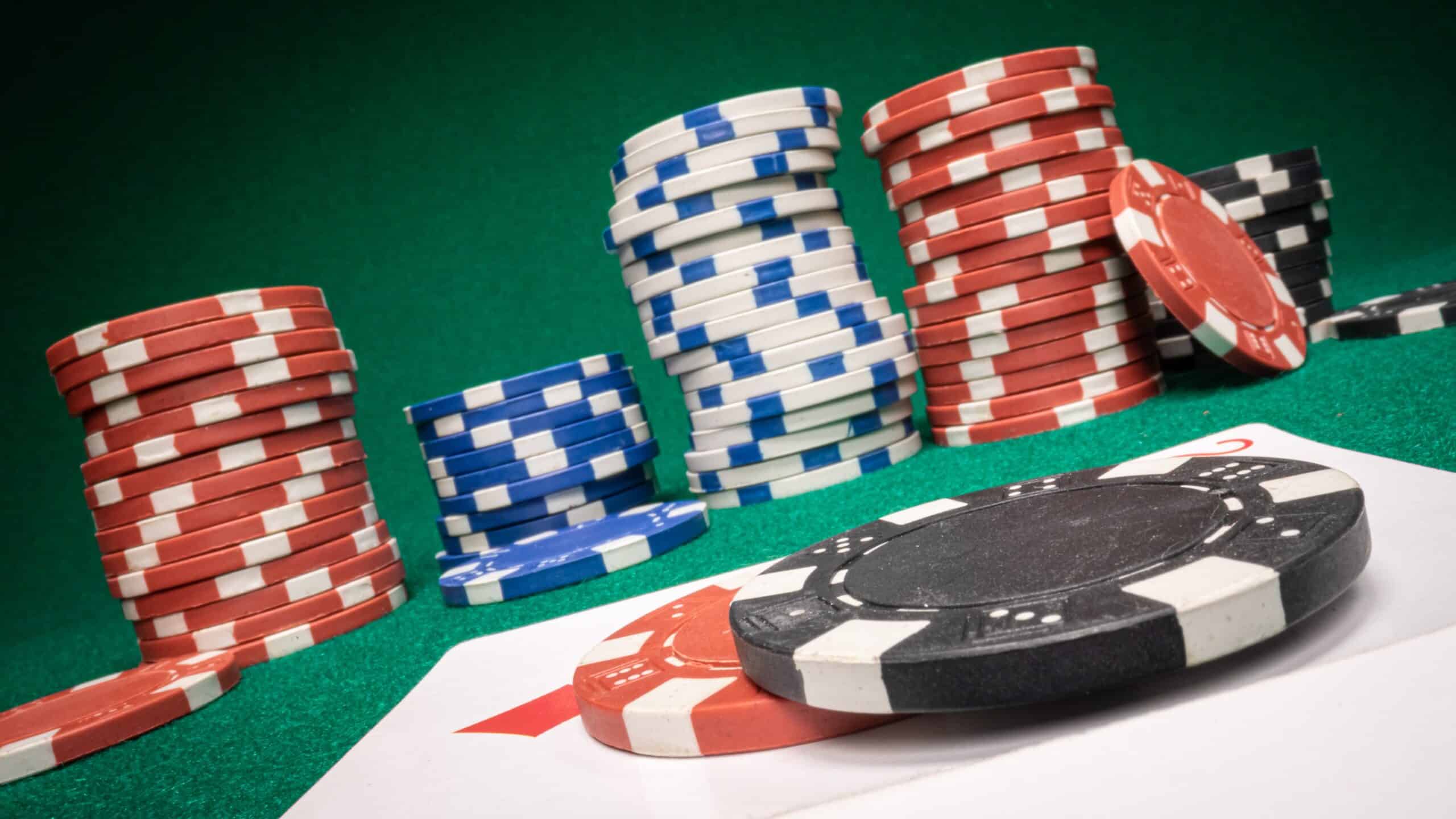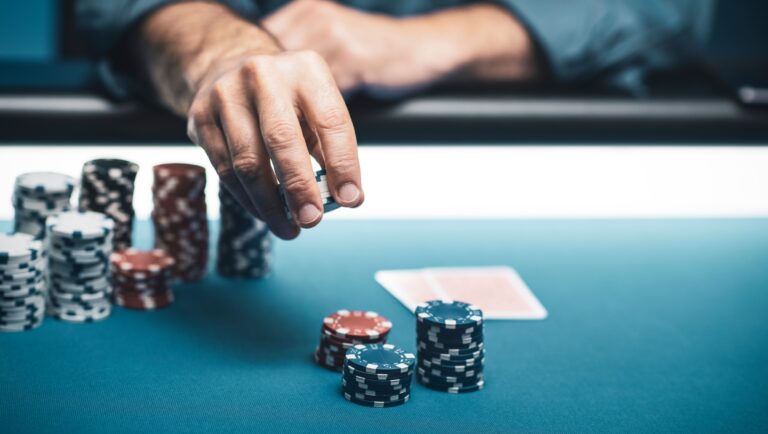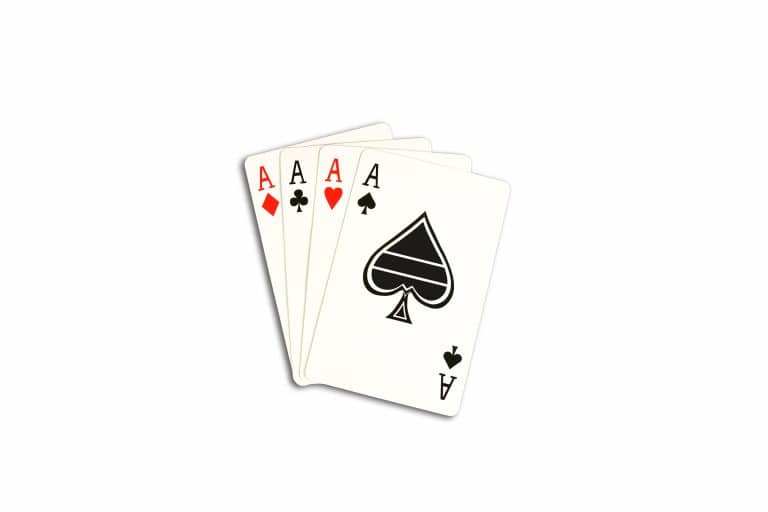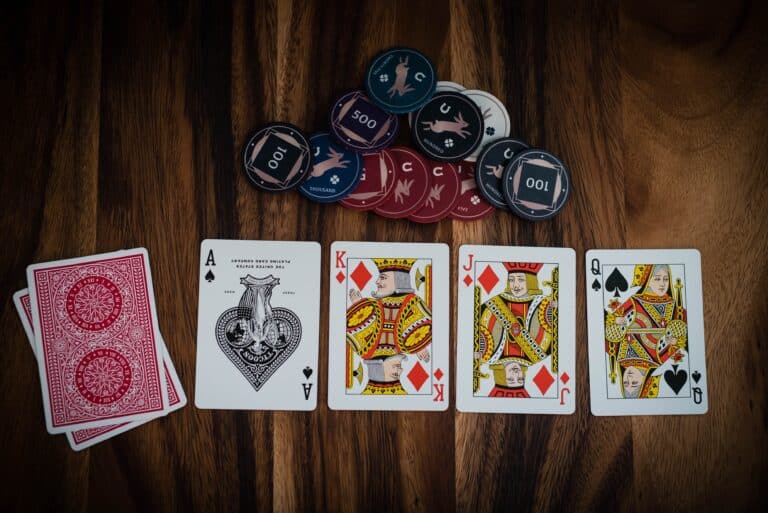Baccarat odds and probabilities: Chances of winning different bets
Baccarat is a popular card game played in many casinos around the world, known for its elegance and simplicity. While luck plays a significant role in the game, understanding the math behind it can help players make informed decisions and increase their chances of winning. In this blog post, we will explore the odds and probabilities of baccarat, including the chances of winning different bets and how to calculate expected value. Whether you’re a seasoned baccarat player or a beginner looking to learn more about the game, this post will provide valuable insights into the mathematical underpinnings of baccarat.
The House Edge in Baccarat
Understanding the house edge in baccarat is critical for understanding the game’s math. The house edge is the percentage of each bet that the casino expects to keep over time. In baccarat, the house edge varies depending on the bet you make.
- Player bet: The house edge for a player bet is 1.24%. This means that for every $100 you bet on the player, you can expect to lose $1.24 on average.
- Banker bet: The house edge for a banker bet is 1.06%, which is slightly lower than the player bet. However, the casino charges a 5% commission on winning banker bets, which effectively increases the house edge to 1.06% + 5% = 1.24%.
- Tie bet: The house edge for a tie bet is much higher, at 14.36%. This means that for every $100 you bet on a tie, you can expect to lose $14.36 on average. It’s important to note that while the payout for a winning tie bet is much higher, the odds of winning a tie bet are much lower.
It’s worth noting that while the house edge for the banker bet is slightly lower than the player bet, the banker bet is considered to be the best bet in baccarat due to the way the game is structured. This is because the banker bet wins slightly more often than the player bet, and the commission on winning banker bets is offset by the increased probability of winning.
Understanding the house edge is critical for managing your bankroll in baccarat. By making bets with a lower house edge, you can increase your chances of winning and reduce the amount you’re likely to lose over time.
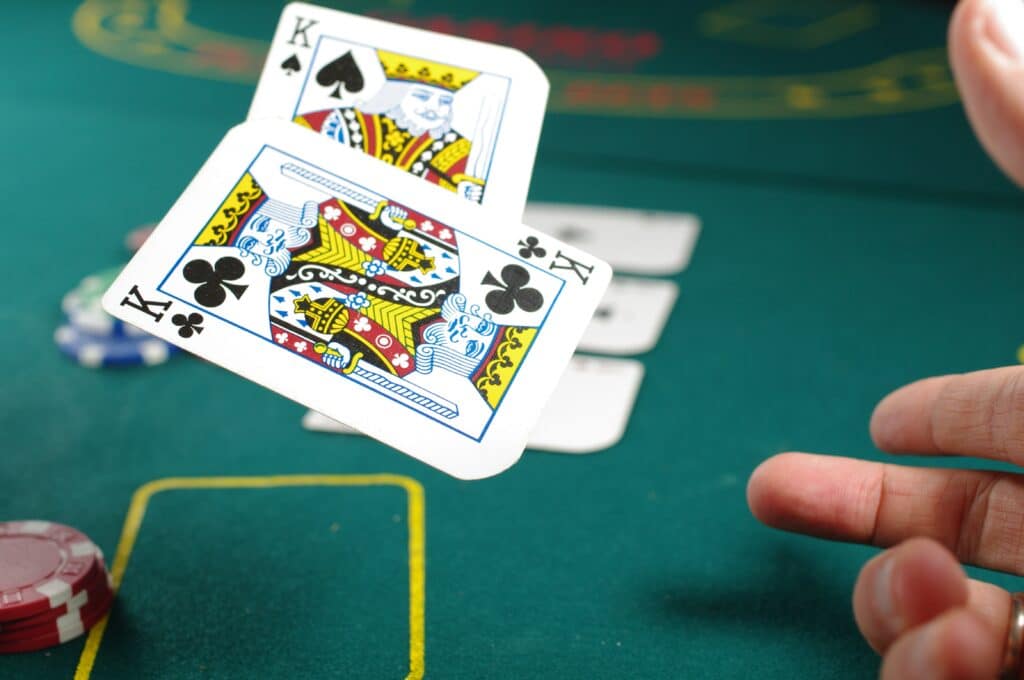
The Chances of Winning Different Bets in Baccarat
Now that we understand the rules of baccarat and the house edge, let’s take a look at the chances of winning different bets in baccarat. The following table shows the probabilities of each outcome in baccarat:
| Outcome | Probability |
|---|---|
| Player win | 44.62% |
| Banker win | 45.86% |
| Tie | 9.52% |
From the table, we can see that the banker bet is slightly more likely to win than the player bet. However, it’s essential to remember that the house edge on the banker bet is slightly higher due to the 5% commission charged on winning banker bets.
It’s also worth noting that while the tie bet has the highest payout, it’s by far the least likely outcome. This is why the house edge on the tie bet is so much higher than the other bets.
Probabilities of each outcome
Calculating the expected value of each bet is another way to understand the probabilities of each outcome. Expected value is the average amount of money you can expect to win or lose on a bet. To calculate the expected value, you need to multiply the probability of winning by the payout and subtract the probability of losing multiplied by the amount you bet.
For example, suppose you bet $100 on the player. The expected value of the bet is calculated as follows:
- Probability of winning: 44.62%
- Payout for winning: 1:1 (or 100%)
- Probability of losing: 55.38%
- Amount lost when losing: $100
Expected value = (0.4462 x 1) – (0.5538 x 100) = -$5.38
This means that over the long run, you can expect to lose an average of $5.38 for every $100 you bet on the player.
Using this same method, we can calculate the expected value of other bets in baccarat. It’s important to note that the expected value for the tie bet is much lower than the other bets, which is why it’s generally considered to be a risky bet.
How to Calculate Expected Value in Baccarat
Calculating the expected value of a bet in baccarat is relatively straightforward. To calculate the expected value, you need to follow these steps:
- Determine the probability of winning the bet.
- Determine the payout for winning the bet.
- Determine the probability of losing the bet.
- Determine the amount lost when losing the bet.
Once you have these four pieces of information, you can calculate the expected value using the following formula:
Expected value = (Probability of winning x Payout) – (Probability of losing x Amount bet)
Let’s use an example to demonstrate how to calculate the expected value in baccarat.
Suppose you want to bet $100 on the banker. The banker bet has a payout of 0.95:1, which means you’ll win $95 if your bet is successful. The banker bet has a house edge of 1.06%, which means the probability of winning is 45.86% and the probability of losing is 54.14%.
Using the formula for expected value, we can calculate the expected value of the banker bet as follows:
Expected value = (0.4586 x $95) – (0.5414 x $100) = -$0.53
This means that, on average, you can expect to lose 53 cents for every $100 you bet on the banker.
You can use this same formula to calculate the expected value of any bet in baccarat. By comparing the expected values of different bets, you can determine which bets have the highest likelihood of success and the lowest likelihood of losing. This information can help you make more informed betting decisions and manage your bankroll more effectively.
Advanced Topics in Baccarat Probabilities
Now that we have covered the basics of baccarat probabilities and expected value, let’s dive into some advanced topics in baccarat probabilities.
One of the most critical advanced topics in baccarat probabilities is card counting. Card counting is a technique that some players use to track the cards that have been dealt in a game of baccarat. By tracking the cards, players can gain an advantage over the casino and improve their chances of winning.
In baccarat, card counting is a bit different than in other casino games like blackjack. Instead of tracking individual cards, players typically focus on tracking the ratio of high cards to low cards that have been dealt. This information can help players determine when the deck is rich in high cards, which can increase the likelihood of winning a player bet.
Another advanced topic in baccarat probabilities is using computer simulations to analyze the game. Computer simulations can be used to test different betting strategies and analyze their effectiveness. By running thousands of simulations, researchers can gain insights into which betting strategies are most likely to result in a profit.
Finally, it’s essential to understand the role of randomness in baccarat probabilities. While we can use mathematical formulas to calculate the probabilities of different outcomes, it’s important to remember that baccarat is ultimately a game of chance. As a result, it’s crucial to manage your bankroll effectively and approach the game with a clear understanding of the risks involved.
Conclusion
In conclusion, baccarat is a game that is enjoyed by many players around the world. While the rules of the game are relatively simple, the probabilities involved can be complex and challenging to understand.
By understanding the house edge, the different probabilities of winning different bets, and how to calculate expected value, players can make more informed betting decisions and increase their chances of winning. Advanced topics like card counting and computer simulations can take players’ understanding of baccarat probabilities to the next level and help them gain an even greater edge in the game.

